In Africa, the wildlife is only a hair’s breadth away, if you know where to stay
Crime and corruption can make for a tricky experience for tourists but there is so much on offer in this beautiful country. Discover how to make the most of South Africa, safely.
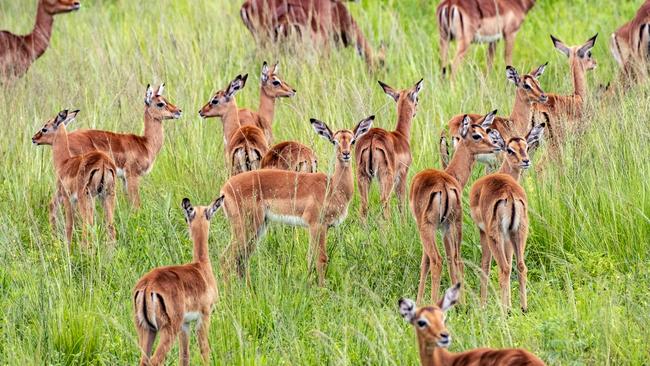
The young leopard hides in the undergrowth near where the guests board custom-fitted Toyota LandCruisers for dusk safaris. Deep in the bush a doe-eyed baby impala is separated from its mother. The hungry leopard pounces. I scream and the impala jumps high into the air. It’s enough to stop the big cat from grabbing an easy dinner. I’ve saved the baby’s life – for now. Have I done the right thing? Somehow, I don’t think so.
I’m at Sabi Sabi Bush Lodge in South Africa’s Kruger National Park; it’s Christmas, 2016. Years later, unable to forget the wildlife encounters of that trip, or indeed the luxury of the lodge, I return to spy a hyena sprinting from the upmarket camp’s reception area straight at me as I make my way to my suite for the night. This time I am more Africa savvy and don’t scream. I’m in awe as I watch the bolshie creature running around at top speed. The predator has obviously decided to make this upmarket lodge its home. It has chosen well.
Sabi Sabi Bush Lodge staff tell us hyenas and leopards frequent the lodge’s kitchen searching for food, while vervet monkeys visited around tea-time in the even more upmarket sister property Sabi Sabi Little Bush Camp on yet another visit we made last month. Monkey mothers and babies wait in the trees surrounding the breezy outdoor restaurant, hoping to snatch tasty morsels from the bountiful spreads laid out for the small number of Australian, American and Swiss guests staying at the six-suite lodge.
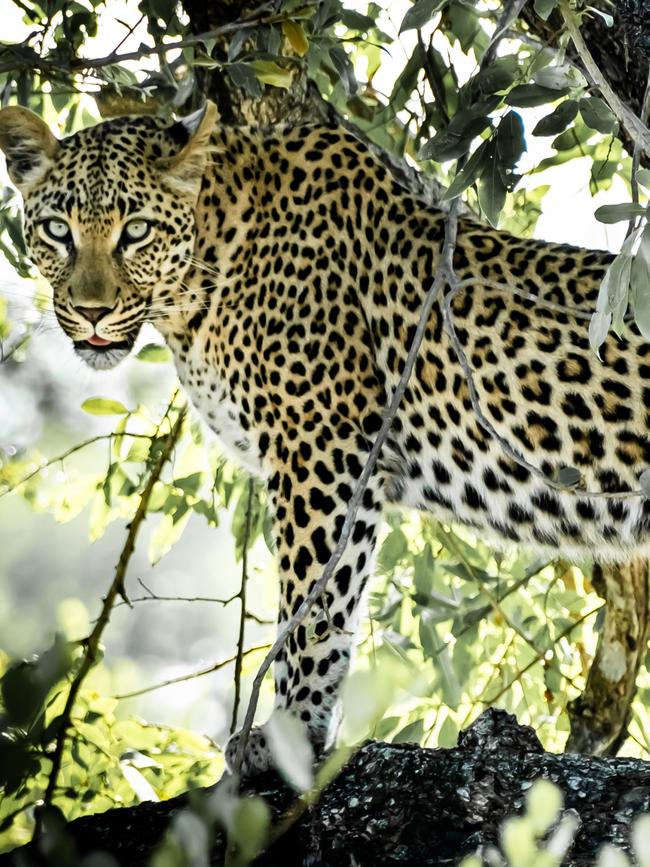
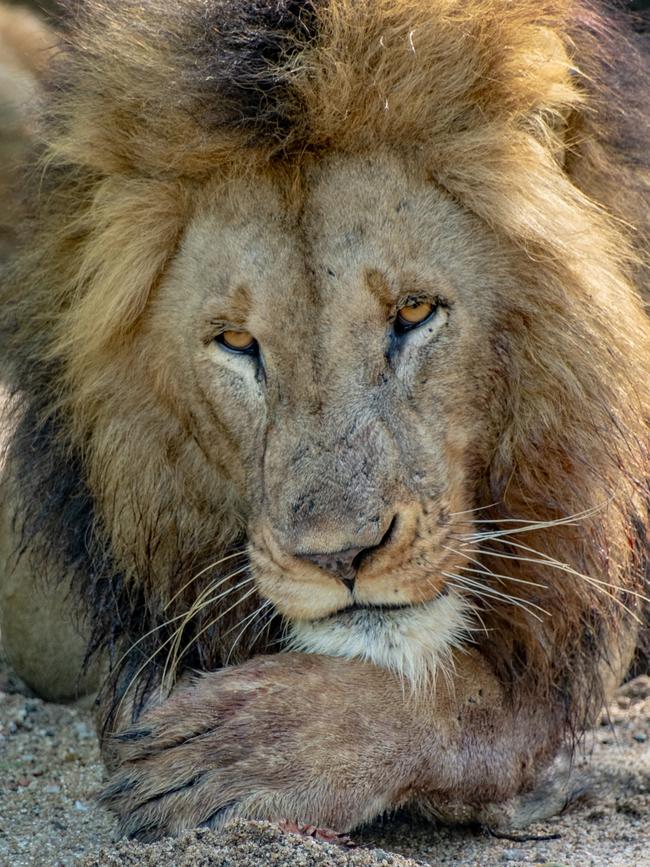
Luridly coloured drinks are on offer from a barman named “Doctor”, who is ably assisted by the lodge’s general manager, known as “Innocent.” Doctor waits patiently for guests to return from their morning and late afternoon safaris, and refuels them with gin and tonics as well as Africa’s answer to Baileys, a cream liqueur called Amarula, which is served neat on ice from the back of the LandCruiser out on Kruger’s wild plains. Apart from the sundowners, guests are emotionally pumped from the sightings of leopards, lions blooded from fresh kills, elephant herds, giraffes, impala, kudu (large woodland antelopes) and even a large pack of endangered wild dogs they’d discovered and photographed during their four- hour-long safaris.
We knew we would be in for a treat at Little Bush Camp after landing at Skukuza Airport on one of the short daily flights from Johannesburg, 500km away. The clue? The dozens of animals and birds we encountered en route to the lodge. There were breeding herds of impala with babies at their heel, endangered red-billed hornbills, kudu and an older male elephant of around 35 years on the short road trip from the groovy safari-style open airport of Skukuza to the luxury lodge. Blue wildebeest, zebras and nyala (a spiral horned, mid-sized antelope) were also plentiful along the dirt tracks winding through the lush green landscape; they hang out together like this for protection from the apex predators that rule over the national park, South Africa’s largest.
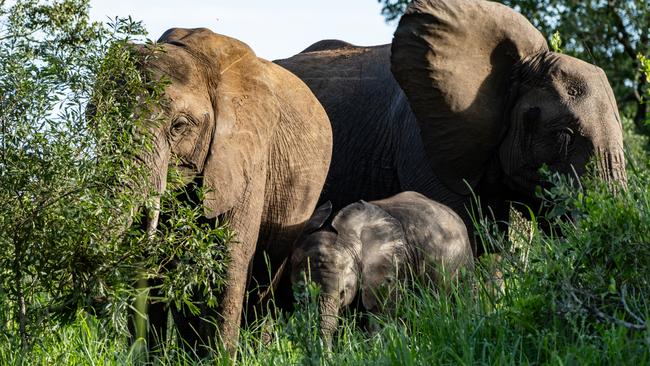
Kruger and Little Bush Camp are a world away from Cape Town, whose outward beauty – the coastal city is regularly voted one of the world’s most beautiful – belies the ugliness which lies beneath. The city is plagued by an underbelly of gangs with only the foolish tourist venturing out at night and Uber drivers darkly warning that careless tourists can be shot for something as trivial as their cell phone.
Added to that, electricity and water services are irregular thanks to corruption at the highest levels of South Africa’s utility companies. And don’t be surprised to see both white and black South Africans begging at traffic lights or living in shanty towns in public parks. Roadside smash-and-grab signs warn locals and tourists alike of the dangers at strategic spots around the streets of Cape Town.
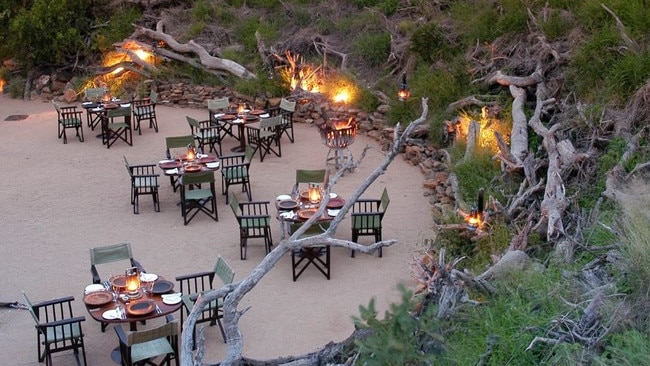
In the lead-up to the general elections at the end of May, the Eastern Cape province reports that in the six months to September 2023, many thousands of residents ran out of money to buy food. This translates to more than one in four kids in that province suffering food insecurity. Last year there were two cases of mothers who killed their children and then committed suicide out of extreme poverty and hunger. And home robberies are escalating, with thieves breaking in not so much to steal electrical items or jewellery but simply for something to eat.
But despite its problems South Africa keeps drawing tourists back. Whether it’s the exoticism, the adventure, the animals, the scenery, or the sheer luxury of its lodges, it gets into visitors’ bloodstreams and doesn’t leave.
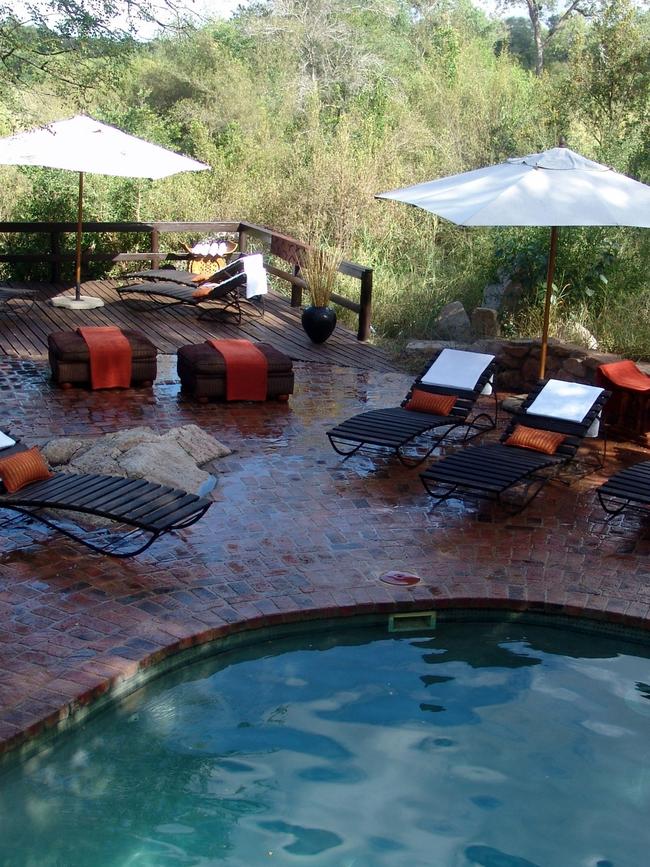
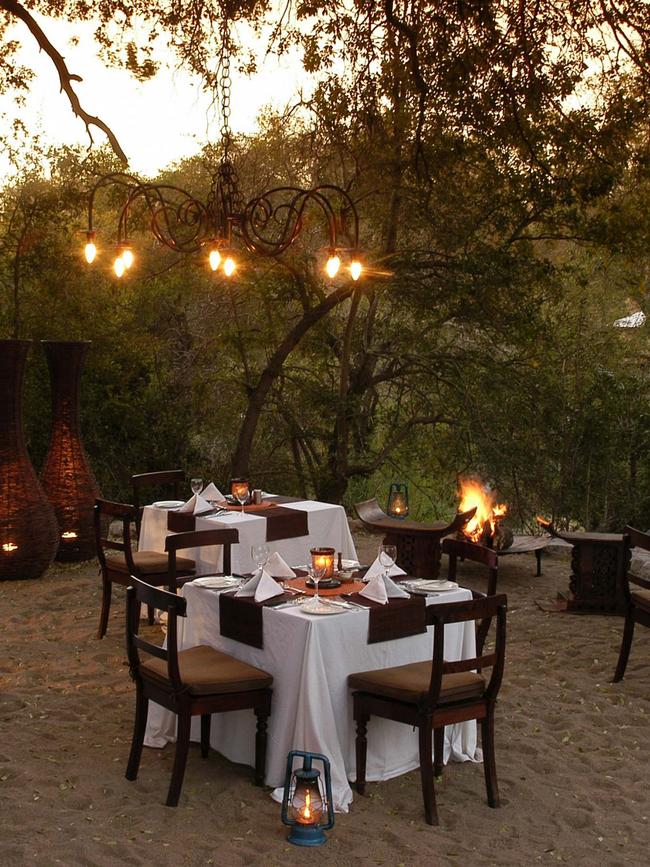
Take the Swiss couple from Geneva who have been visiting South Africa every year for the past two decades. Or further north, the 80-year-old grazier and lawyer from Tamworth in NSW, on his fifth safari in Africa, or the doctor and his retired wife, a nurse, from Colorado, also repeat visitors. The thought of seeing a leopard in a tree or a herd of elephants in the wild entices them back again and again and again.
It’s not uncommon for these tourists, be they Americans, British, Europeans or Australians, to fork out $US2000 ($3050) per suite per night, which includes all meals, drinks and two safari drives per day. Many of the foreign arrivals are oblivious or dismissive of the continuing political turmoil in South Africa even though it faces a general election that could see the corruption-plagued African National Congress political party, which has won every election since 1994, cop a political hammering.
Also of appeal to tourists is the value of the rand, which is trading at historically low rates, and the coastal real estate around Cape Town, in the pretty beach suburbs of Camps Bay and Clifton Gardens, which rival Sydney’s Bondi for their scenic beauty, and are half the historical price to rent throughout summer.
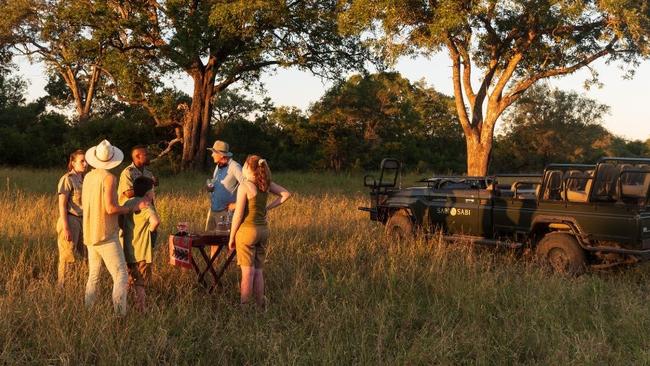
Safaris aside, there’s something about the winelands of Stellenbosch and Franschhoek, the coastal hamlets, the food, and nature that keeps calling tourists back – even as South Africans flee the dangers for overseas and an unknown future.
There are ways to maximise your safety when travelling. For a start, always hire a driver and car to pick you up at the airport – do not drive yourself, and never hail a taxi off the street.
For many, one of the best ways to see South Africa’s coastal cities and game parks is via an organised coach tour or a luxury cruise. We boarded Regent Seven Seas’ 15-day Wildlife and Wine cruise in Cape Town which took us to several game parks around the coast. Given the state of South Africa’s roads it is an enjoyable, stress-free and safe way to travel.
Checklist
Regent Seven Seas’ 15-night Wildlife and Wine cruise offers these game park options.
Kwantu Private Game Reserve
Located 75 minutes from the city of Port Elizabeth, this park has caged tigers (which are apparently being rehabilitated) and white lions as well as five free-roaming lions. There’s a couple of cute warthog families, wildebeest, plains zebras, elephants, impalas with nursing babies, and plenty of staff to ferry you around in large safari vehicles. The grounds are pretty and green and the restaurant food is tasty. There is no alcohol service as the park is Muslim-owned.
Tala Game Reserve
Tala Game Reserve, near Durban, employs 24-hour armed guards to prevent poaching of its white rhinos. Rhino horn sells on the black market for $US80,000 a kilo; a big male can grow a horn of up to 20kg while a female can grow one of 10kg (at a rate of around 15cm a year). So a single horn can set up an entire African family for more than a generation. Rhino horn is purchased by Chinese and Vietnamese for use as an aphrodisiac, even though its efficacy has been scientifically disproven. Until two decades ago Tala, which is surrounded by chicken farms, comprised two farms; it has since been converted into a park covering around 3000ha. It is not big enough to carry elephants, lions, leopards or cheetahs, but has a fair share of 22 reticulated giraffes, white rhinos (which are much easier to see than black rhinos, as well as being easier for game reserves to handle), plains zebra, impala, hippopotamus, brindled wildebeest, as well as bontebok (rare antelope species), and ostrich. Elephants need a range of 100sq km a day.
St Lucia Wetland Park
This lake is famous for the family of hippos that live under a large yellow hibiscus bush near the boat dock. They are known as “townies“ as they live so close to the nearby town and are not afraid to visit come sunset. Road signs warn both tourists and locals to be careful given hippos are dangerous. A three-hour cruise takes us up the river, which is also home to hundreds of crocs as well as a multitude of bird species.
Zulu Nyala
Located close to the rich wildlife area of Richards Bay in KwaZulu-Natal, Zulu Nyala is home to more than 40 animal species and hundreds of bird and indigenous plant species. In 1996 Zulu Nyala acquired the Heritage Safari Lodge adjacent to the Zulu Nyala Game Reserve. It has since been restored and more accommodation has been added that includes the Heritage Tented Camp & Luxurious Heritage Suites. The property is surrounded by pineapple farms and while it does not have lions it has serval cats, lynx, African buffalo (one of the “big five”), leopards, giraffe, rhinos and elephants on its 1500ha.

